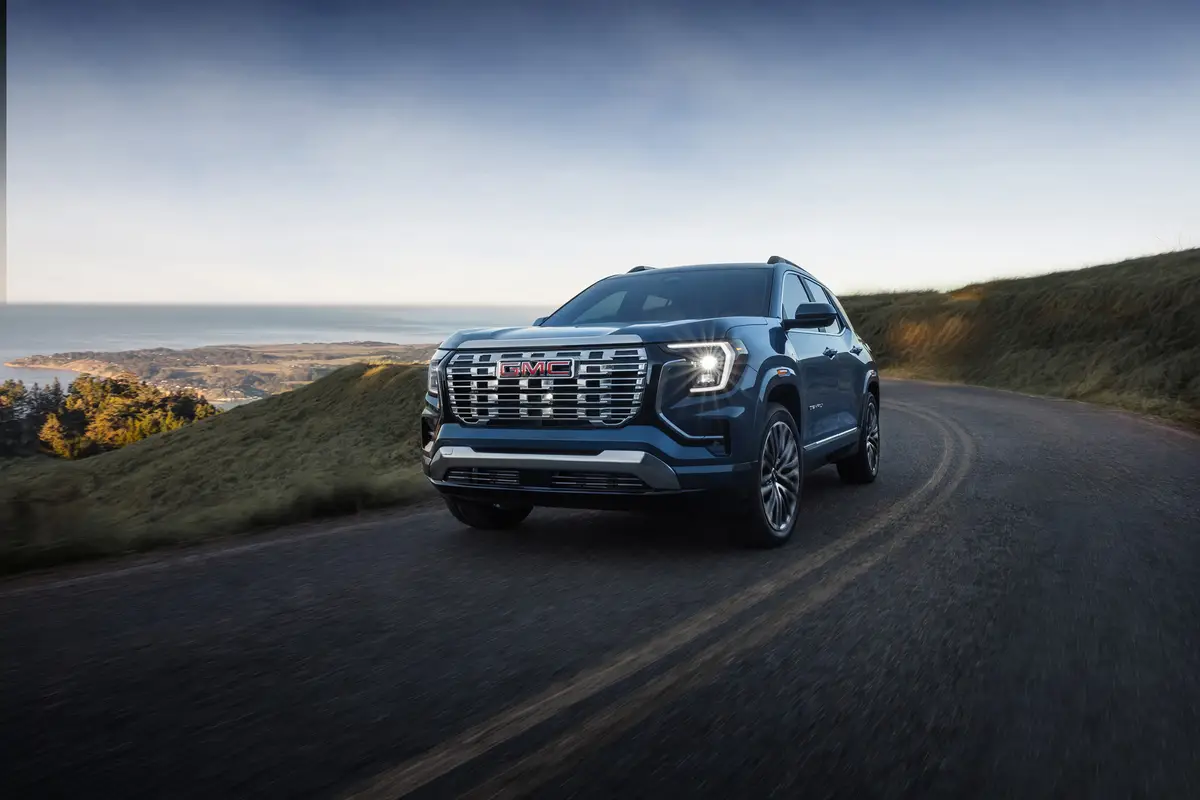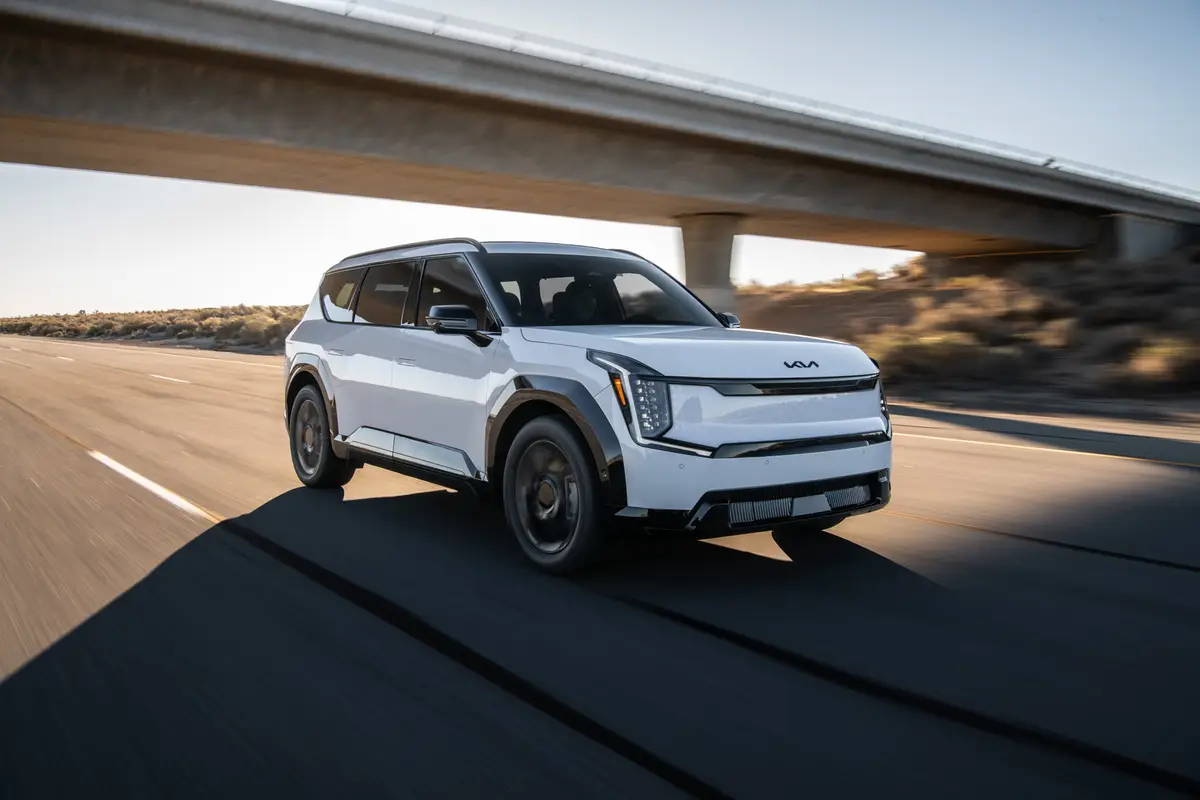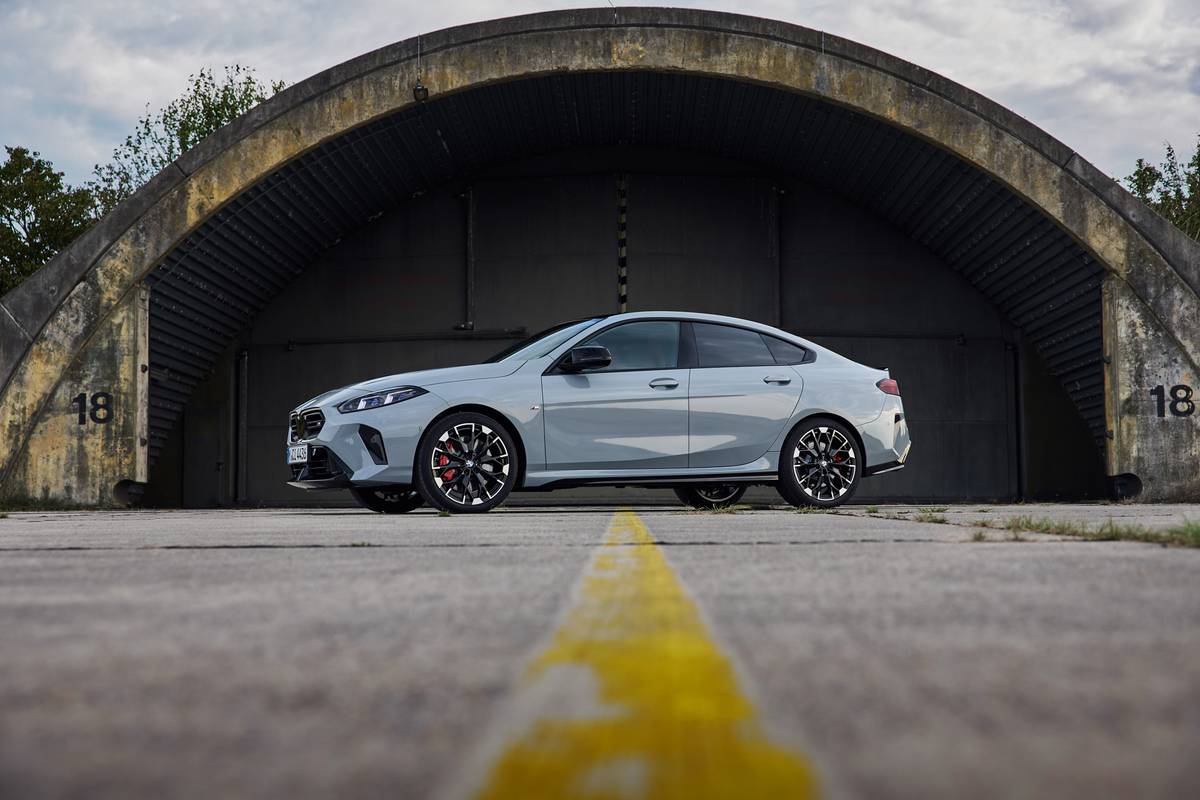The Sacramento Bee's view
Webster’s New World Dictionary defines protegé as “a person guided and helped … by another more influential person.”
That’s interesting because the automobile named Protegé is one of two high-rated Mazda Motor Corp. cars and yet it’s the entry-level Mazda. One hears more good things about the Protegé and sibling Miata than the other kin — 626, Millenia, MPV and B-Series Truck.
The redesigned-for-1999 Protegé was proclaimed the “Best Small Sedan” by Consumer Reports. The Miata two-seater was singled out by the magazine for “Driving Fun.” So the others might be considered protegés of the Protegé and Miata because those two highly regarded cars probably influence prospective buyers to visit a Mazda dealer’s showroom.
The Protegé and Miata fill two entirely different market niches. This road test report is for the sedan crowd. We’ll deal with the roadster aficionados another time.
Mazda considers the new Protegé to have “European-inspired styling,” although Frankfurt, Germany, was only one of the Mazda Research & Development Centers contributing to the 1999 Protegé design. The California center in Irvine, plus those in Yokohama and Hiroshima, Japan, also had a hand in the development process.
With input from three countries, Mazda considers the Protegé to be a “world car.”
From a size standpoint, it certainly is. It’s slightly larger than the average compact sedan and it has the most interior room.
Mazda calls its interior desi gn process “OptiSpace” and it lives up to its name with 92.6 cubic feet of interior room, not including a 12.9 cubic foot trunk.
The 1999 Protegé seats five persons — two in individual seats up front and three in the bench type rear seat. Five average size adults could be comfortable but don’t expect the car to accommodate five 49ers or Kings.
The test vehicle was the top-of-the-line Protegé ES with a 1.8-liter, 16-valve, 120 horsepower, four-cylinder engine that meets California’s Low Emission Vehicle (LEV) criteria.
The DX and LX versions of the Protegé come with the 1.6-liter, 16-valve, four-cylinder engine that produces 103 horsepower. It, too, has an LEV certification.
The 15-horsepower difference might be noticeable when accelerating from a dead stop onto a freeway. And definitely noticeable in fuel economy.
The U.S. Environmental Protection Agency says the1.6-liter engine with the standard five-speed manual gearbox is capable of 29 miles per gallon in the city and 34 mpg on the highway.
Opt for the 1.8-liter engine with the stick shift and the better performance comes at a cost of 26 mpg in town and 30 mpg on the road.
The EPA numbers for the Protegé with an optional automatic transmission are 26/33 with the 1.6 engine and 24/29 with the 1.8 motor.
I averaged 28.7 mpg for just over 600 miles of about 60 percent freeway and two-lane highway driving in the foothills and about 40 percent urban/suburban motoring. The test vehicle had the five-speed manual gearbox, which shifted smoothly but was no replacement for an automatic in the Sacramento area’s rush hour traffic.
The Protegé is considered by some to be high-priced. The DX base price is $11,970, the LX $13,130 and the ES $14,925.
Virtually all of the “extras” (anti-lock brakes, dual air bags, air conditioning, etc.) are standard in the ES. The only option in the test car was an $80 set of floor mats.
The Low Emission Vehicle package added $100 and the freight charge was $450, making the window sticker $15,555 before taxes and registration fees.
The Protegé is in a fiercely competitive market class that includes the likes of Civic, Corolla, Prizm and Jetta. It should fare well when the Protegé’s size and performance are taken into consideration.
Latest news



